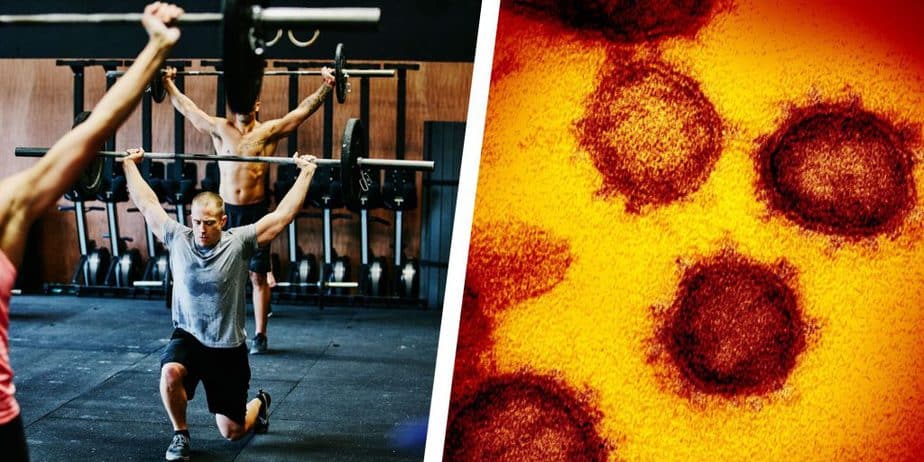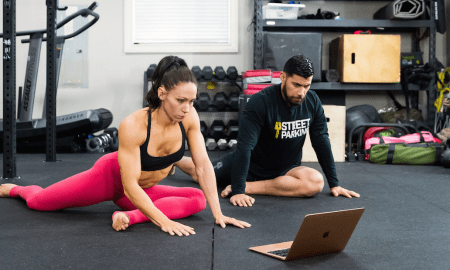
As a gym owner or manager, you’re likely proactive about cleanliness and encouraging equipment users to wipe down their gear post-workout. However, when you learn just how many dangerous germs and viruses could be lurking in your gym, you may be inclined to do more than just use a wet cloth between users.
Bloodborne Pathogens
Even though medical workers are more likely to undertake bloodborne pathogens training than gym owners, it can be a worthwhile form of education to consider. Gym owners and managers are working with the general public in activities that push them to their limits.
While sweat can’t transmit bloodborne pathogens like hepatitis and HIV, many other bodily fluids can. Gym users and operators can be at risk from bloody saliva, fluid from around organs and joints, vaginal secretions, semen, and amniotic fluid.
Contact with such fluids may lead to various diseases like hepatitis C, hepatitis B, HIV, AIDs, malaria, syphilis, and more. There can also be several scenarios even in a gym environment that put you at risk of such illnesses, such as emergency first aid, laundry handling, and restroom cleaning.
Influenza
Influenza, known as the flu, is an airborne virus that spreads to your respiratory tract. If someone visits your gym while infected with the flu, they can pass it on to you and other gym users.
Encourage frequent handwashing, clean gym equipment with sanitary wipes often, and ask gym users to work out at home if they are unwell. If you are a gym-goer yourself, take note of sick other gym users and remove yourself from the area they are in. Don’t be afraid to talk to management about having a sick person removed or doing so from your own gym.
Staphylococcus
Staphylococcus is a bacterial skin infection that lives on your mucous membranes and skin. This skin infection can present in many ways, such as hair follicle infections, cellulitis, secondary skin infections, and impetigo. Given that this infection is becoming antibiotic-resistant, handwashing is the most effective prevention method, along with twice-weekly bleach baths.
Dermatophytosis
Dermatophytosis is a fungal infection like jock itch, athlete’s foot, and ringworm. It’s highly contagious and is spread through skin-to-skin contact. As a result, it’s also easy to get simply by touching a contaminated surface at a gym.
Some effective prevention methods include not walking barefoot in the gym, not sharing personal items, and cleaning gym equipment and high-touch surfaces frequently.
Plantar Warts
One of the many popular things to do after a workout at a gym is take a shower. Surprisingly, one of the most common areas to pick up the HPV strain of plantar warts is in gym showers. To limit the risk, make sure showers are cleaned often. You may even encourage visitors to wear waterproof footwear and refrain from walking around the gym in bare feet.
Your goal as a gym owner is to provide a safe, clean, and hygienic business for your customers to enjoy. While you may take every precaution, you might not know that some of these germs and viruses above are common in workout environments. Take proactive steps to limit the risk, educate yourself with training programs, and keep yourself and your gym members safe.


















Follow Us